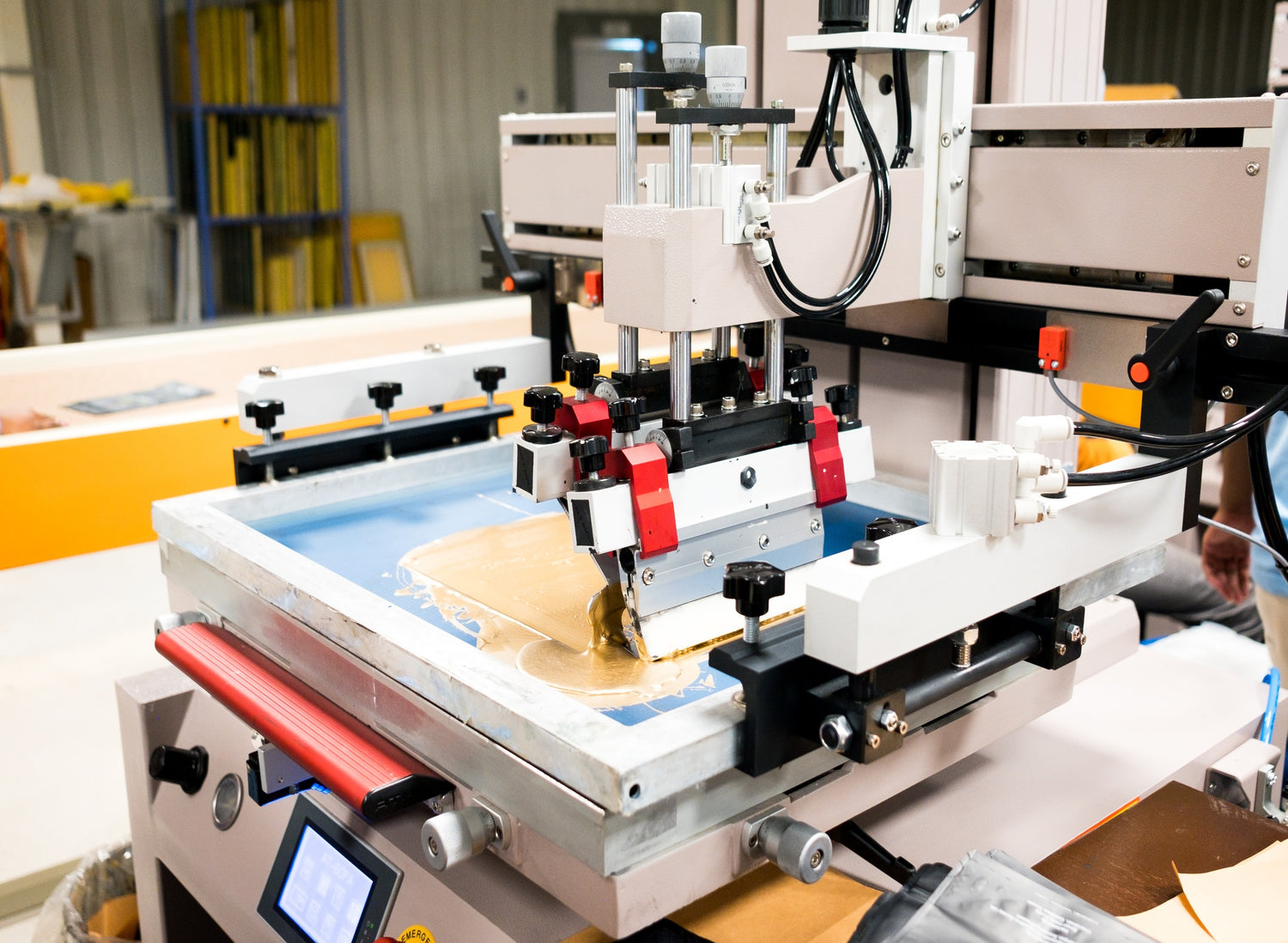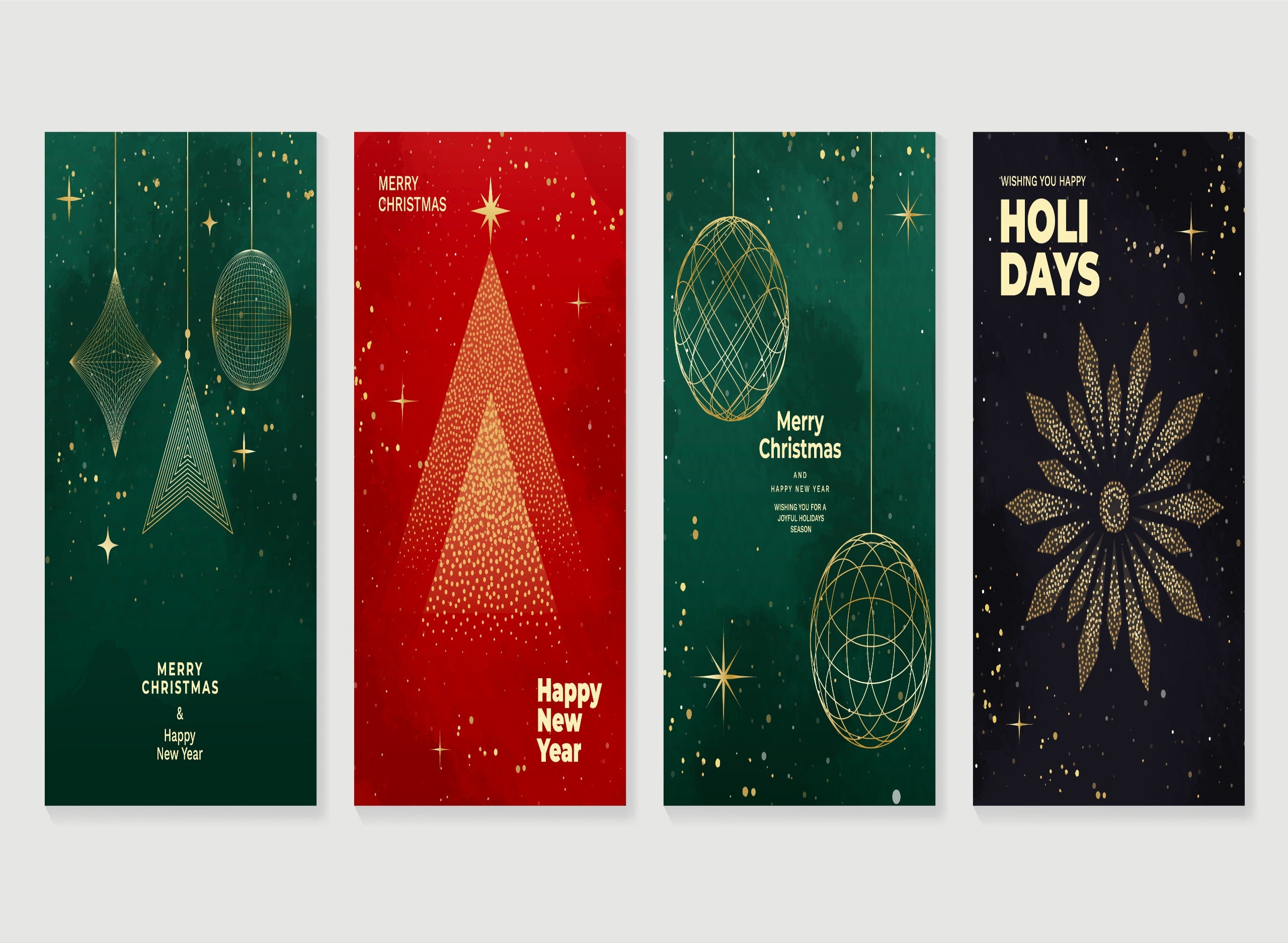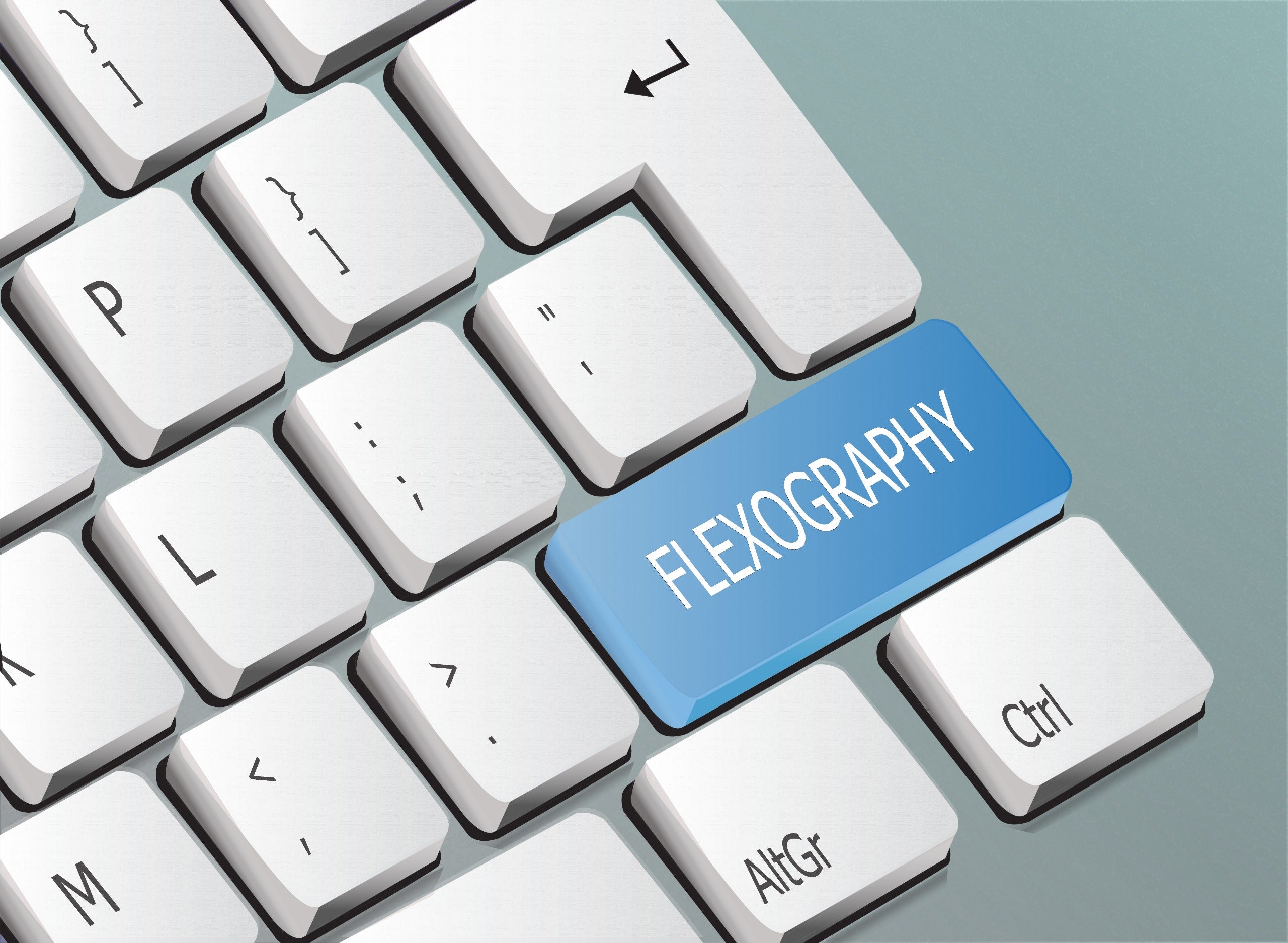Silkscreen printing stands out as a cornerstone for inventive and creative endeavors in the vibrant landscape of product packaging. This age-old method has transitioned from manual to automated processes, becoming a key element in tailoring and branding packaging resources for diverse sectors. Our guide explores the core of silkscreen printing, revealing its mechanisms, benefits, and unmatched influence on packaging aesthetics.
Understanding Silkscreen Printing
The silkscreen printing technique showcases the brilliance of human creativity in duplicating patterns on various surfaces. Essentially, it involves transferring ink through a finely made mesh screen, which contains a precise stencil of the intended design. This method is versatile, accommodating a wide range of materials such as paper, textiles, metal, and glass while providing a vibrant selection of colors that elevate the aesthetic value of the end result.
How Does Silkscreen Printing Work?
The process of silkscreen printing is a meticulous blend of art and precision, structured in several key steps:
Step 1. Design creation
The journey begins with the creation of a design, transferred onto a transparent acetate film to craft the screen or stencil. This step is foundational, setting the tone for the quality and intricacy of the printed design.
Step 2. Selecting and Preparing the Screen
Following design finalization, a suitable screen with the correct mesh count is chosen, depending on the desired detail and texture of the print. The screen is then prepared with a light-reactive emulsion, ready to capture the intricacies of the design.
Step 3. Exposing The Emulsion
A bright light hardens the emulsion around the acetate film, leaving behind a precise stencil on the screen. This step requires careful timing, especially when the design incorporates multiple colors, necessitating separate screens.
Step 4. Preparation for Printing
The stencil, now ready, is aligned on the printing material. This preparation is crucial for achieving an exact imprint of the design.
Step 5. Applying the Design
With the application of ink through the stencil, the design vividly comes to life on the substrate. This step showcases the versatility of silkscreen printing, accommodating a wide range of inks and finishes.
Step 6. Heat Curing and Finishing
The final touch involves heat curing. This process ensures the durability and resilience of the print, a characteristic that is particularly advantageous for packaging materials exposed to various environmental factors.
Advantages of Silkscreen Printing in Packaging
There are numerous benefits of using silkscreen printing for your packaging needs. Here are some of the most significant ones:
Versatility
The wide-ranging compatibility of silkscreen printing with various materials and colors affords designers immense creative scope. This quality is particularly priceless in packaging, emphasizing the importance of uniqueness and brand identity.
Durability
The thickness of the ink layer deposited through silkscreen printing provides the packaging with a level of durability unmatched by other printing methods. This resilience is critical for products facing outdoor elements or rough handling.
Vibrancy of Ink Colors
The vividness produced by silkscreen printing is unparalleled, as each hue retains its intensity, significantly improving the aesthetic allure of the packaging.
Cost-Effectiveness
For large runs, silkscreen printing proves to be economically advantageous, with the cost per unit decreasing significantly, making it an ideal choice for bulk packaging orders.
Exceptional Speed and Efficiency
Once the initial setup is complete, silkscreen printing allows for rapid production, facilitating swift turnarounds for high-volume projects.
Straightforward Process
The process of silkscreen printing is simple, with low maintenance needs and readily available replacement materials.
Conclusion
Silkscreen printing offers a unique mix of tradition and modernity, presenting a flexible and effective approach to product packaging. Its capacity to harmonize visual attractiveness with functional utility renders it a vital component in product design and branding. The continued refinement of silkscreen printing methods promises to enhance the packaging sector, guaranteeing that the wrappings capture attention on the shelves and remain resilient through time.














Leave a comment
All comments are moderated before being published.
This site is protected by reCAPTCHA and the Google Privacy Policy and Terms of Service apply.